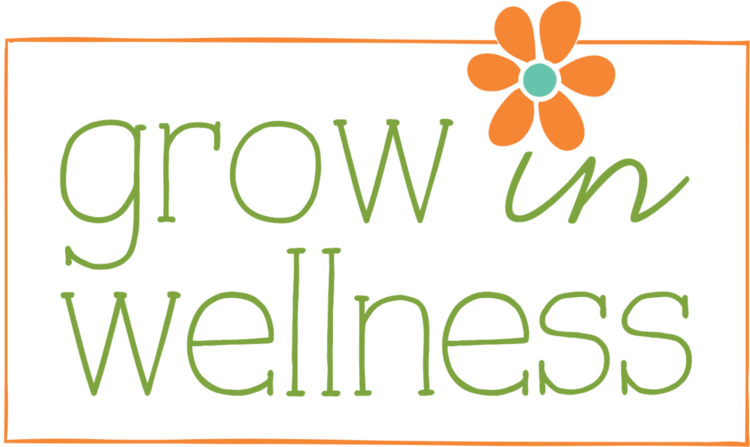'Good For You' Bread
Yes, I said it, good and bread in the same sentence. In this current culture of paleo and gluten-free living, bread has become the enemy of many people wanting to be healthy. If that’s you, there’s a chance you will be offended by this post. If you’re a non-bread eater, I respect your decision if it works for you, but avoiding bread is not for everyone and so that is where I begin.
I don’t see all bread as the sworn enemy, but I do believe that most of the bread that you see on the grocery store shelves (and in many restaurants) is really a chemistry experiment disguised as a bakery item and then marketed as being good for you with some clever wording on the label.
I am all about Clean Eating - real food, real ingredients, organic and GMO-free as much as possible. There is room for bread in that equation, but it really depends on which bread you choose.
Bread is one of those foods that has been tinkered with so much in a lab, that there is almost no point in eating it. Some of the worst ingredients manufactured breads contain are: soybean oil, high fructose corn syrup, dough conditioners like diglycerides, ethoxylated mono - and diglycerides, sodium stearoyl lactylate, calcium peroxide, azodicarbonamide, datem, and other ingredients you’ve never heard of and can’t pronounce. Real food? Not even close.
I have a family that loves to eat sandwiches (me, not so much) and that means having bread in our pantry that can pass the Clean Eating test. That’s not an easy order to fill. But I’ve found a few breads that have enough integrity that they can be eaten in our house, guilt free.
First is the line of Ezekiel breads by Food For Life. They use sprouted, organic whole grains (sprouting ups the nutritional profile of grains in a big way), no refined sugars or GMO’s. They are usually in the freezer section because they have a short shelf life, which is not a bad thing, and come in a variety of flavors including a cinnamon raisin that is great toasted. But for all of that, their breads are a bit on the dense side and have small slices. (learn more about them here www.foodforlife.com)
Then there is the line of Rudi’s breads. Certified organic, no preservatives and GMO free ingredients that you can pronounce and recognize. They use a fermenting process to enrich flavor and make chemicals unnecessary for rising. (btw, fermented foods are good for you!) The loaves are cut into larger slices than Ezekiel, have a good flavor selection and they offer a line of sprouted and seeded varieties. They offer bagels, English muffins and wraps, too. Great for sandwiches and the Multi-grain Oat makes it easy to switch your kids over if they are used to white bread. (learn more about them here www.rudisbakery.com)
And the latest bread to pass my Clean Eating test is Dave’s Killer Bread. It’s certified organic, non-GMO verified and packed full of nutritious grains and seeds. The 21 Whole Grains and Seeds package offers 6 grams of protein, 5 grams of fiber and a 220mg of Alphalinolenic Acid (a good for you omega-3) per slice. There is not one mystery ingredient on the list and it is soft and delicious – perfect for a sandwich, even better toasted. (learn more about them here www.daveskillerbread.com)
Whole grains are not the enemy* - they give us important nutrients like essential enzymes, iron, dietary fiber, vitamin E and B-complex vitamins. So choose your whole grains (and your breads) wisely - read the ingredients list!- and you can be doing good for your body.
If you haven’t already, “clean up” your bread… and take one step closer to healthier eating.
*if you suffer from a condition like celiac disease, then grains containing gluten are not for you. But here are some of a variety of gluten free whole grains that you can eat to reap the benefits: millet, amaranth and quinoa.

